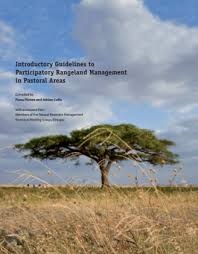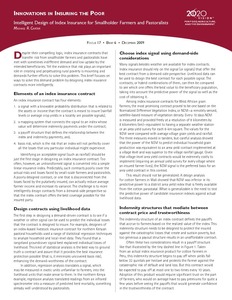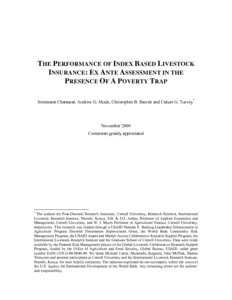Pastoralism within Land Administration in Kenya - The Missing Link
In land administration (LA), the right to exercising property/ownership rights on land is based on cadastral processes of adjudication, survey and rights registration. Private ownership rights are now being taken up in pastoral areas, where they must contend with pastoralists’ land rights. Pastoral land use









